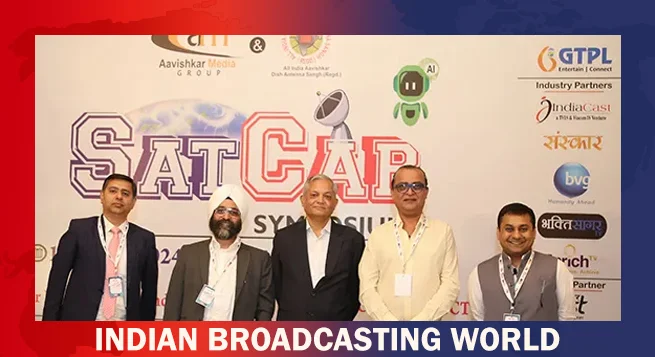Indian media and entertainment (M&E) industry veterans feel that stakeholders, regulators and the government should take a collaborative route while framing regulations for the sector as both the eco-system and rules are evolving in nature.
Speaking at the Aavishkar media Group-organised SatCab 2024 Symposium earlier this month in New Delhi, speakers at a session on regulations delved into the profound impact of heightened activity within policy and regulatory spheres on the broadcasting sector.
The session, themed ‘Impact of Hyperactivity in Policy and Regulatory Fronts on the Broadcasting Sector’, had distinguished panelists offering valuable insights and recommendations aimed at effectively navigating the evolving regulatory landscape.
The speakers for the regulatory session included: Moderator :- Kaushik Moitra, Partner – Bharucha & Partners
Key Panellists:- Amit Arora, President – IndiaCast; Anil Malhotra, Head – Public and Regulatory Affairs – ZEEL; G.S. Oberoi, Advocate – Practising in Telecom and Broadcasting; Manoj P. Chhangani, Secretary General – AIDCF
The speakers emphasized the continuous evolution of regulations governing the sector, highlighting the need for adaptation to address emerging challenges brought about by technological advancements and evolving consumer behaviours.
A key focus was the complexities arising from digital convergence, where traditional regulatory frameworks struggle to keep pace.
Panelists stressed the importance of clarity in defining terms relevant to digital platforms to ensure effective regulation. Concerns were raised regarding the adverse effects of excessive regulations on business growth and sustainability, prompting a call for a balanced approach that fosters innovation, competition, and investment while ensuring consumer protection and market integrity.
Throughout the session, there was a recurring theme emphasizing the importance of establishing a level playing field across different broadcasting or video delivery platforms through harmonized regulations.
Panelists also advocated for flexible regulatory frameworks capable of adapting to changing market dynamics and technological advancements.
The session concluded with a call for collaborative efforts among industry stakeholders, policymakers, and regulators to address the challenges posed by hyperactivity in policy and regulatory fronts, ultimately fostering a conducive regulatory environment that promotes innovation, competition, and consumer welfare, thus enabling the broadcasting sector to thrive in the digital age.
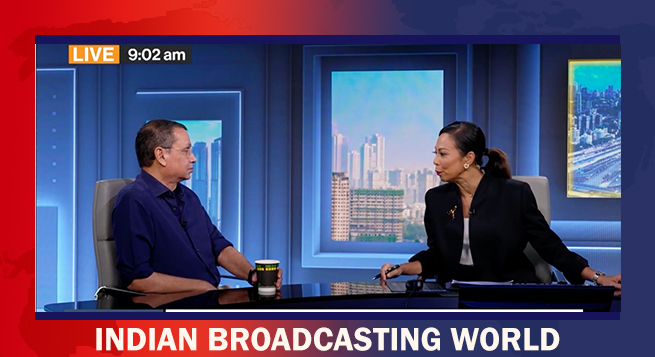 JioStar vice-chair Uday Shankar on surge in streaming subs, trade tariff challenges
JioStar vice-chair Uday Shankar on surge in streaming subs, trade tariff challenges 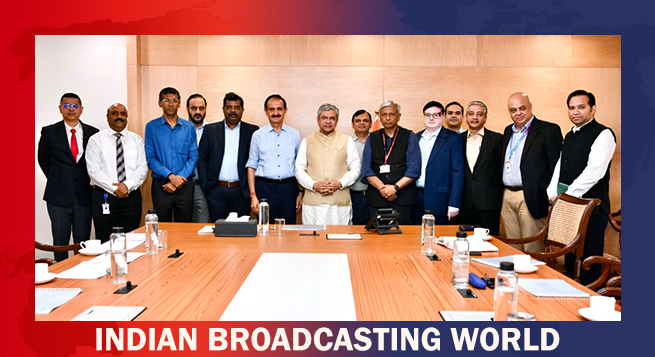 AIDCF team discusses industry issues with Vaishnaw
AIDCF team discusses industry issues with Vaishnaw 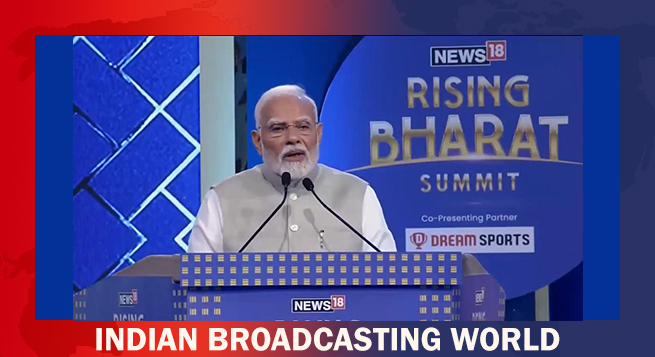 PM Modi: WAVES will empower Indian content creators go global
PM Modi: WAVES will empower Indian content creators go global  Meta rolls out ‘Teen Accounts’ feature to FB, Messenger
Meta rolls out ‘Teen Accounts’ feature to FB, Messenger 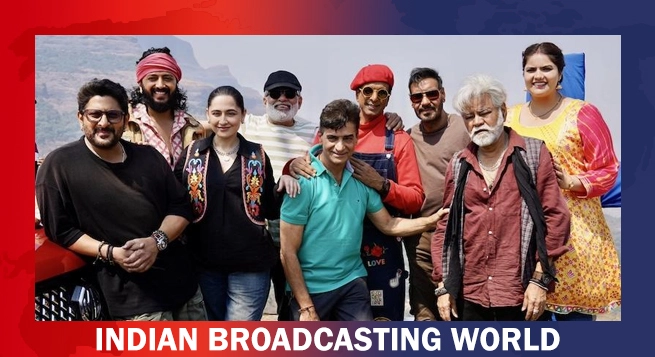 Sri Adhikari Brothers join hands with Maruti Films for ‘Dhamaal 4’
Sri Adhikari Brothers join hands with Maruti Films for ‘Dhamaal 4’ 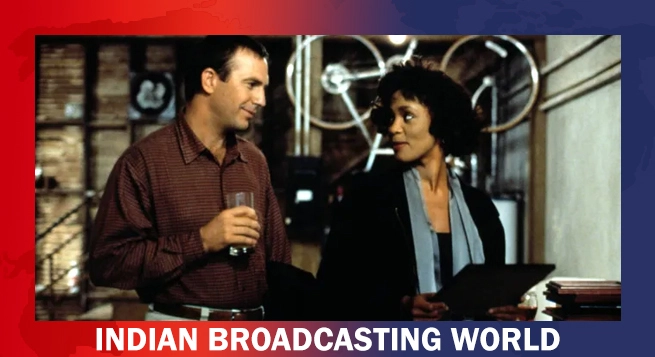 Warner Bros to remake ‘The Bodyguard’
Warner Bros to remake ‘The Bodyguard’  Priyanka to reunite with Hrithik Roshan in ‘Krrish 4’
Priyanka to reunite with Hrithik Roshan in ‘Krrish 4’  Nawazuddin Siddiqui to headline ZEE5’s ‘Costao’
Nawazuddin Siddiqui to headline ZEE5’s ‘Costao’ 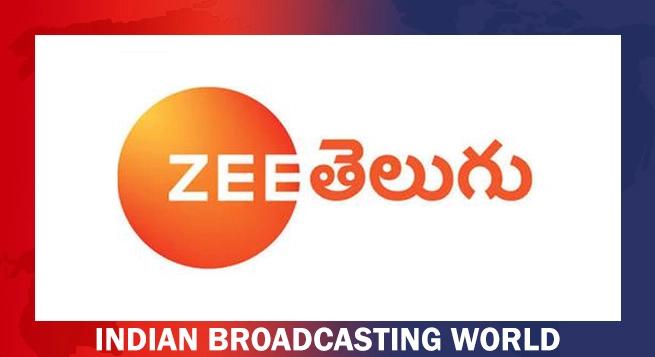 Zee Telugu unveils ‘Drama Juniors’ S8
Zee Telugu unveils ‘Drama Juniors’ S8 


